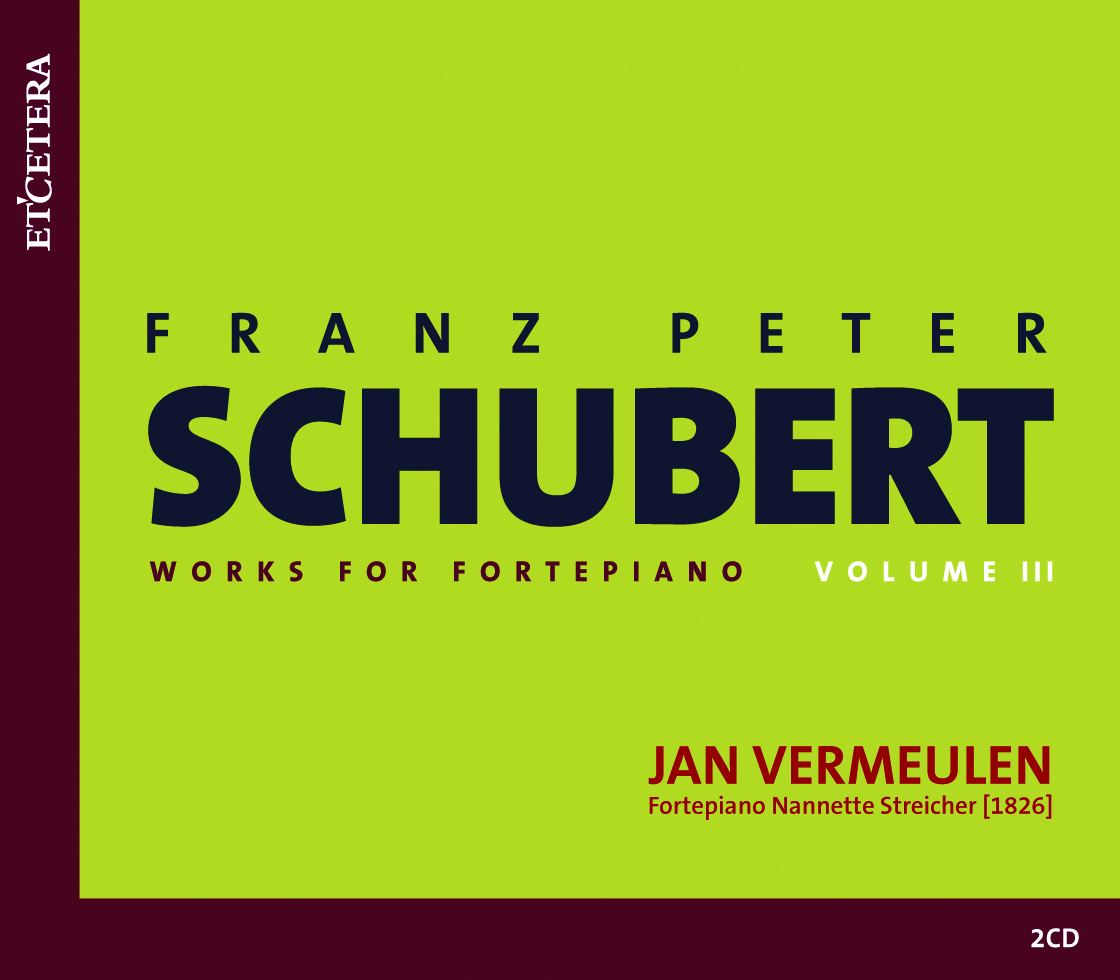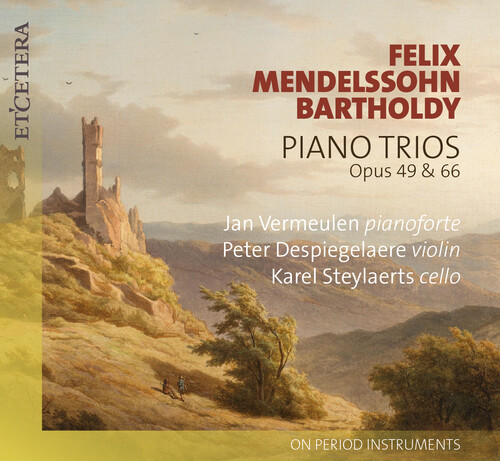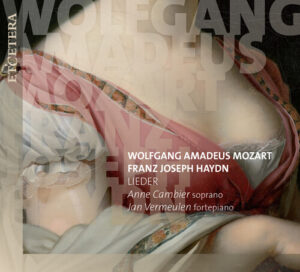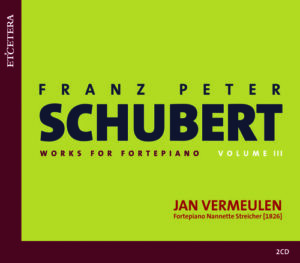1. Sonata in A Minor, D. 845: I. Moderato
Composer: Franz Peter Schubert
Artist(s): Jan Vermeulen
2. Sonata in A Minor, D. 845: II. Andante, poco mosso
Composer: Franz Peter Schubert
Artist(s): Jan Vermeulen
3. Sonata in A Minor, D. 845: III. Scherzo, Allegro vivace
Composer: Franz Peter Schubert
Artist(s): Jan Vermeulen
4. Sonata in A Minor, D. 845: IV. Rondo, Allegro vivace
Composer: Franz Peter Schubert
Artist(s): Jan Vermeulen
5. Sonata in E Major, D. 459: I. Allegro moderato
Composer: Franz Peter Schubert
Artist(s): Jan Vermeulen
6. Sonata in E Major, D. 459: II. Scherzo, Allegro
Composer: Franz Peter Schubert
Artist(s): Jan Vermeulen
7. Sonata in E Major, D. 459: III. Adagio
Composer: Franz Peter Schubert
Artist(s): Jan Vermeulen
8. Sonata in E Major, D. 459: IV. Scherzo con Trio, Allegro
Composer: Franz Peter Schubert
Artist(s): Jan Vermeulen
9. Sonata in E Major, D. 459: V. Allegro patetico
Composer: Franz Peter Schubert
Artist(s): Jan Vermeulen
1. Sonata in B Flat Major, D. 960: I. Molto moderato
Composer: Franz Peter Schubert
Artist(s): Jan Vermeulen
2. Sonata in B Flat Major, D. 960: II. Andante sostenuto
Composer: Franz Peter Schubert
Artist(s): Jan Vermeulen
3. Sonata in B Flat Major, D. 960: III. Scherzo, Allegro vivace con delicatezza
Composer: Franz Peter Schubert
Artist(s): Jan Vermeulen
4. Sonata in B Flat Major, D. 960: IV. Allegro ma non troppo
Composer: Franz Peter Schubert
Artist(s): Jan Vermeulen
5. Sonata in B Major, D. 575: I. Allegro ma non troppo
Composer: Franz Peter Schubert
Artist(s): Jan Vermeulen
6. Sonata in B Major, D. 575: II. Andante
Composer: Franz Peter Schubert
Artist(s): Jan Vermeulen
7. Sonata in B Major, D. 575: III. Scherzo, Allegretto
Composer: Franz Peter Schubert
Artist(s): Jan Vermeulen
8. Sonata in B Major, D. 575: IV. Allegro giusto
Composer: Franz Peter Schubert
Artist(s): Jan Vermeulen








Reviews
There are no reviews yet.